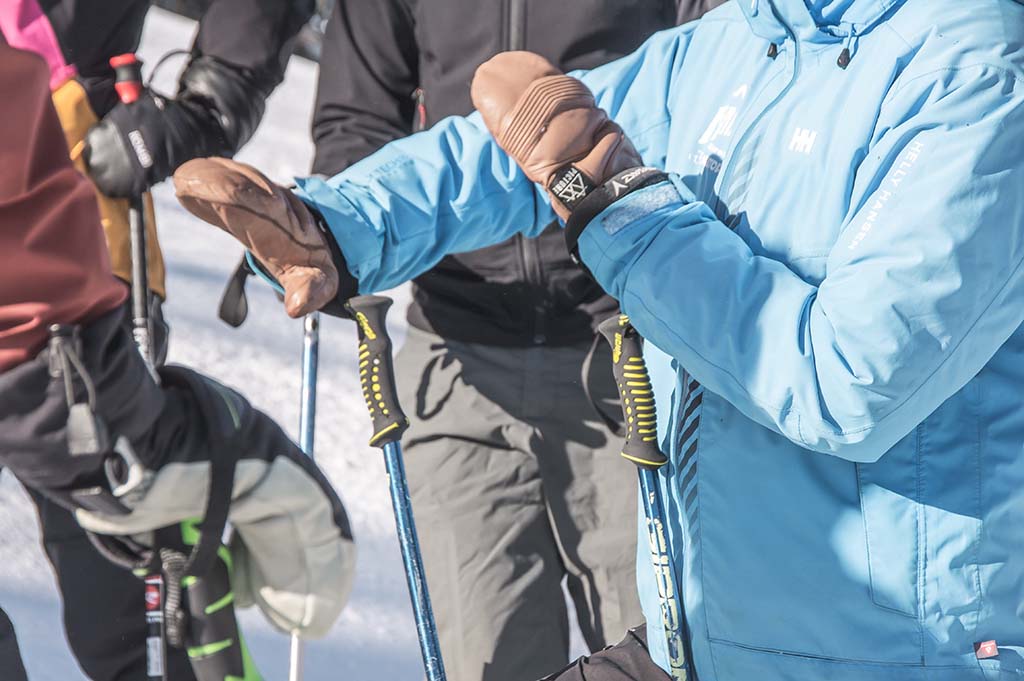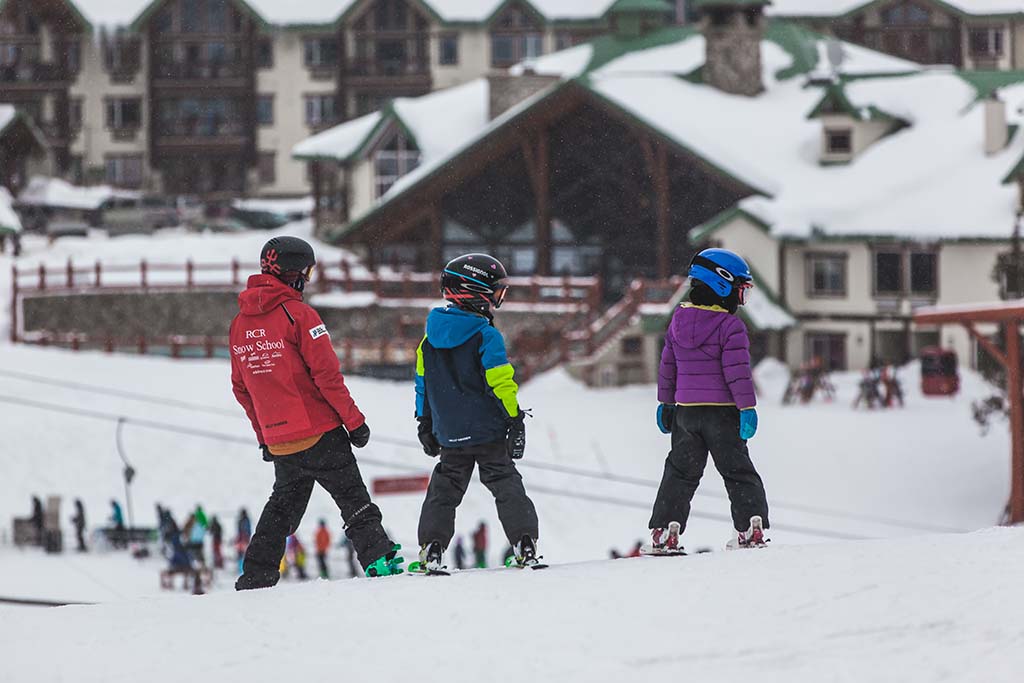- About
- Courses
-
Destinations
EuropeNew Zealand
- Journal
- Contact
The demi-gods of the hill, world-class ski instructors make it look all too easy – silky smooth, effortless and powerful on all-manner of slopes. But being an elite instructor is about more than just being technically-sound. In fact, they are well-versed in areas from on-snow physics and biomechanics to sports psychology.
We caught up with one of our coaches, Tom Gibson, who lives year-round in the mountains of British Columbia and teaches on our ski instructor courses in Fernie, to get his expert take on what makes an elite-level instructor.
Progressive outlook
Skiing is constantly evolving as a sport – from equipment innovations, to changes in style and advances in our understanding of biomechanics – instructors are forced to adapt. Elite coaches not only welcome developments, but actively seek out knowledge.
“I’ve skied with many talented instructors over the years and, from what I’ve seen, the guys at the apex are open to change and try to learn, not only from other coaches and systems, but from other sports and disciplines altogether,” Tom tells us. “They don’t just stick to what they know, and to one-way of doing things. They constantly challenge themselves and endeavour to stay up-to-date with new ways of thinking.”

hunger to get better
To be a high-level ski instructor, you must be very accomplished in your sport, technically, and have a hunger to get to the top. Most instructor systems have a number of progressive 'levels' (often four) and to reach the pinnacle of any system – from Canada to France – instructors must be able to demonstrate flawless technique across a range of areas from giant slalom to bumps. This takes many years of dedication and commitment on snow.
“Instructors train more than just about anyone on the mountain. Every morning we ‘session’ to get our minds and body in gear,” Tom says: “The learning never stops. The best athletes in the world train every day to shave milliseconds of their time, or go bigger with an extra spin. I’m constantly searching for improvements in my performance. As I learn from my peers, and gain greater understanding how my body moves and works with the forces acting on me, I try to add to my skiing.” This mindset to improve is common to all top pros.
Emotional intelligence
Skiing is a dynamic, varied sport that requires a range of skills, from balance and strength to coordination and flexibility. Developing skiers at all levels - from beginners to athletes – takes concerted effort, and every student is unique. As the insider-adage goes, ‘teach the student, not the lesson’.
“The best instructors have a way of working with the student to get the best out of them and target their improvement,” Tom says. “You have to tap into the mindset of your student and figure out what makes them tick – technical explanations, demos, trial and error. Recognising when your student is frustrated, knowing when to change your approach, making sure your student understands the task. These are all important skills you develop over time.”
This is amplified when teaching children, according to Tom. “All instructors have had their share of teaching kids. It comes with the territory as a rookie instructor. Teaching children can be immensely satisfying and rewarding when they’re ripping around behind you, but it comes with its challenges too, especially in a group situation. You need to figure out how they learn, what games work, and make sure they have fun.”

A deep knowledge of the sport
Skiing is both an art and a science, and senior instructors must understand all facets of the sport, ready to help advance all levels of skier. “To be able to develop others and pass on knowledge and skills, you must first truly understand what it is that you’re teaching,“ Tom says.
“Top coaches possess an intricate understanding of the biomechanics, physics and art of skiing. On top of that, we need to understand our equipment and how to work with it, plus have a wider knowledge and awareness of the mountains – from avalanche safety to snow formation. Having that deep knowledge means we can communicate complex ideas in simple ways to others.”

An inspirational passion
Highly-qualified and technically-brilliant, elite-level instructors have an ability to inspire and motivate. They can turn brutally cold whiteout conditions into memorable snow experiences, or slushy spring days into epic shred sessions. Tom reckons it’s down to an infectious love for the sport.
“That feeling of gliding across the snow, floating over powder, playing with gravity – that’s what got us all hooked in the first place,” Tom says. “Passing on a love for the mountains, a stoke for the sport, and everything else that comes with it – is why we do what we do. The best instructors make skiing fun and show their students an amazing time on the mountain. You can literally feel the energy that top instructors give off, it’s contagious. I’ve been so inspired by the people I work with and I hope I inspire others to ski too.”
To recap, here’s what Tom thinks makes an elite-level instructor:
Have what it takes?
If reading this has inspired you, take your first step towards the mountains with our ski instructor courses / snowboard instructors courses.
We look forward to speaking with you.